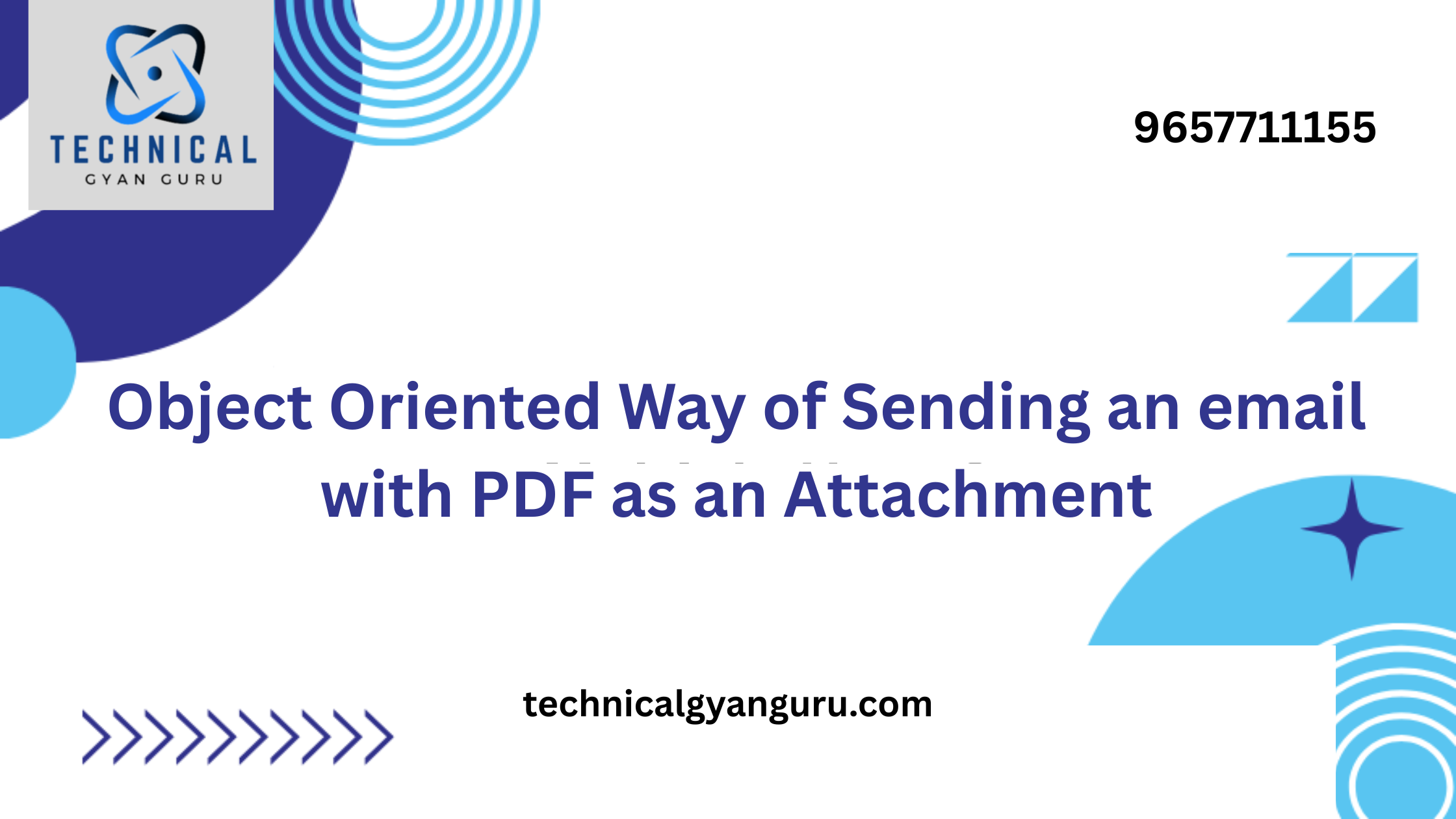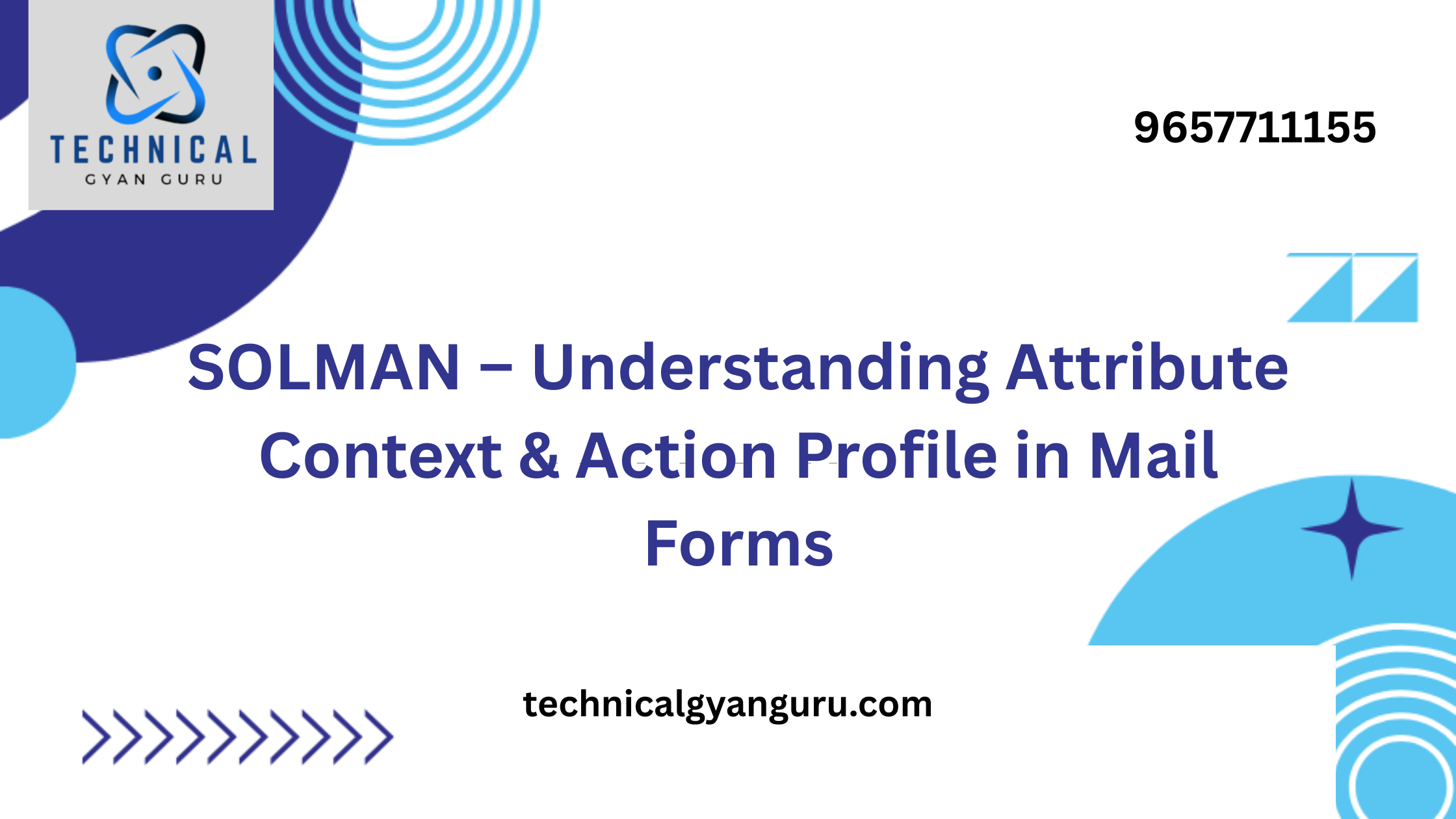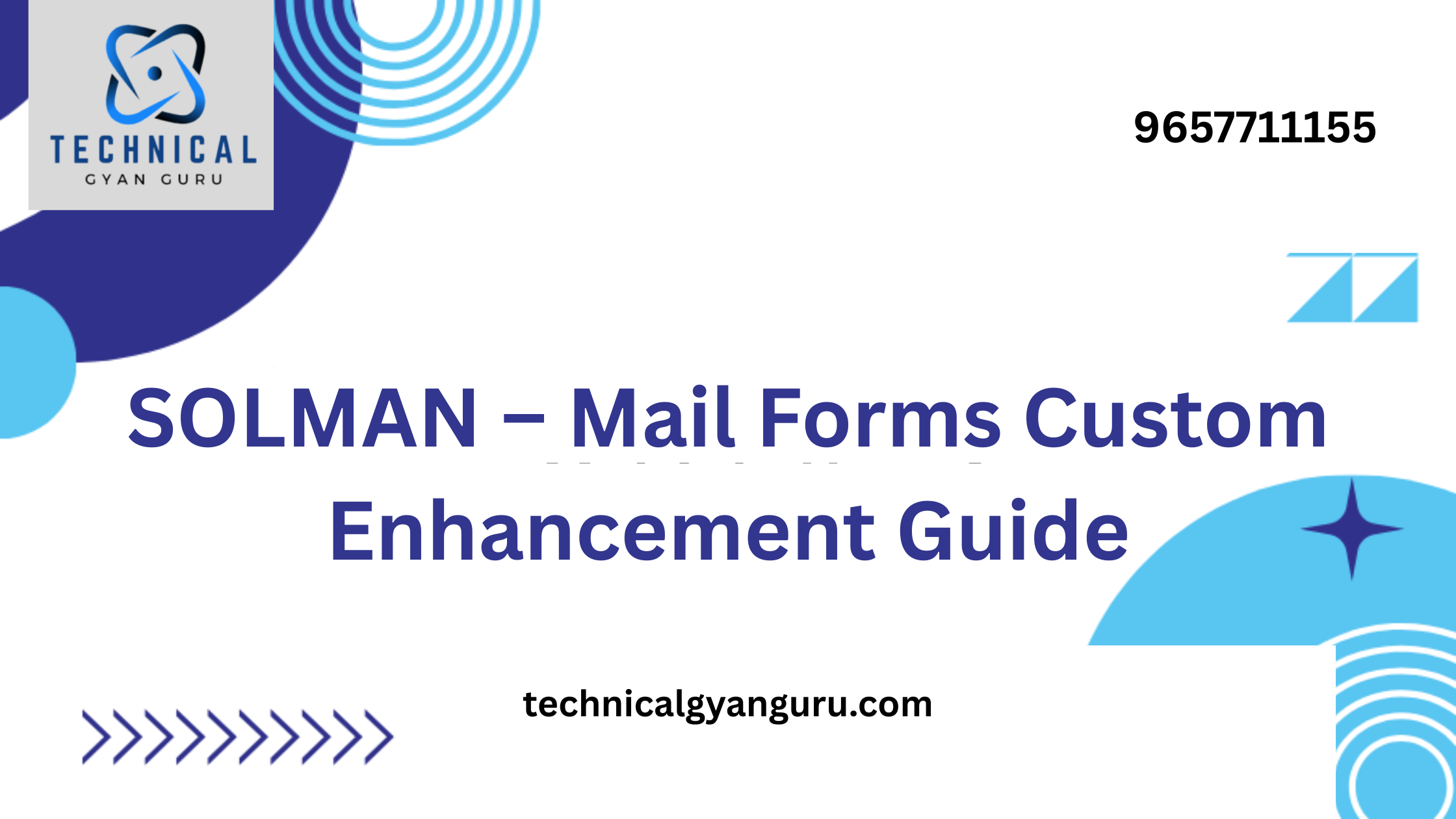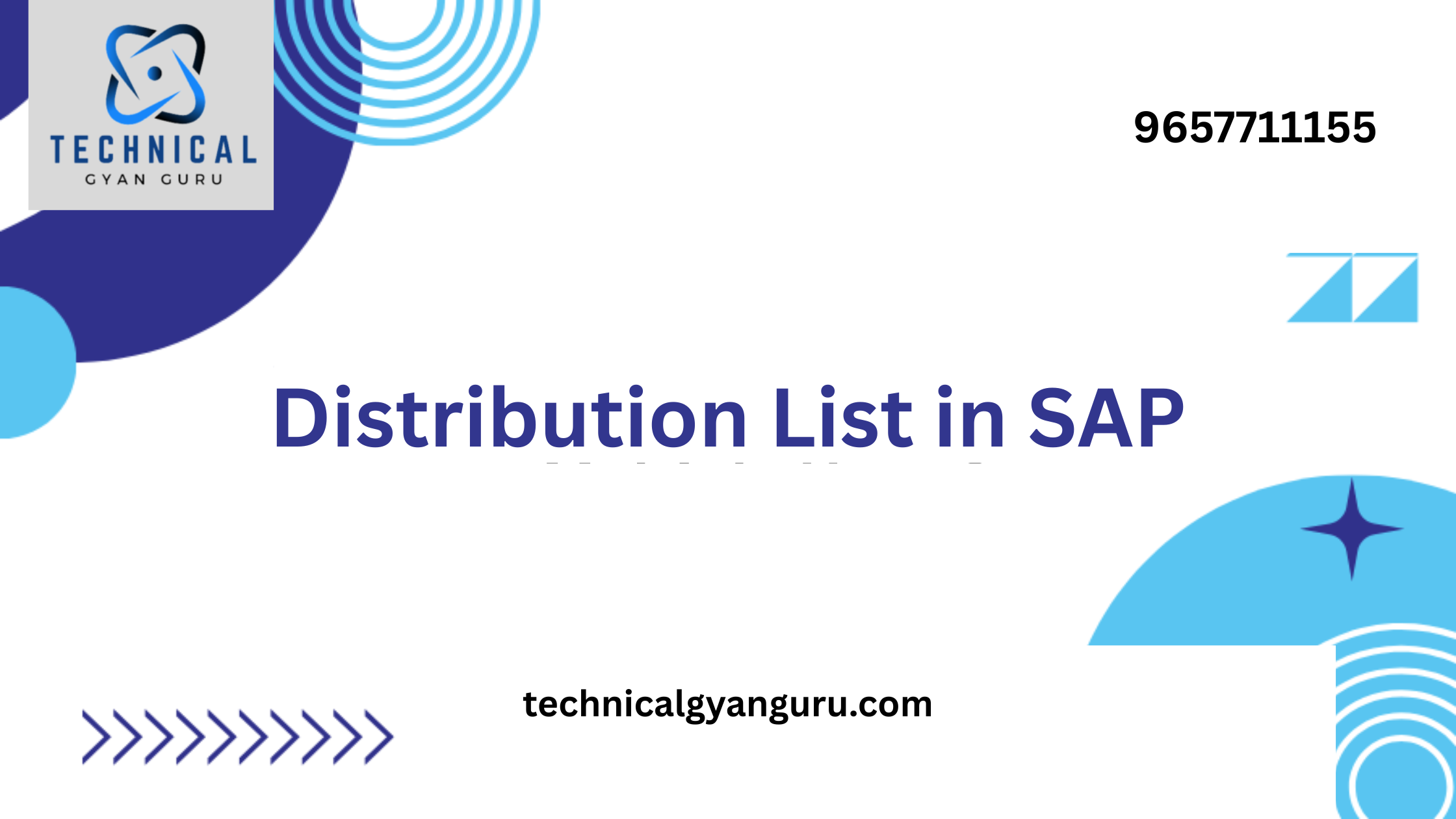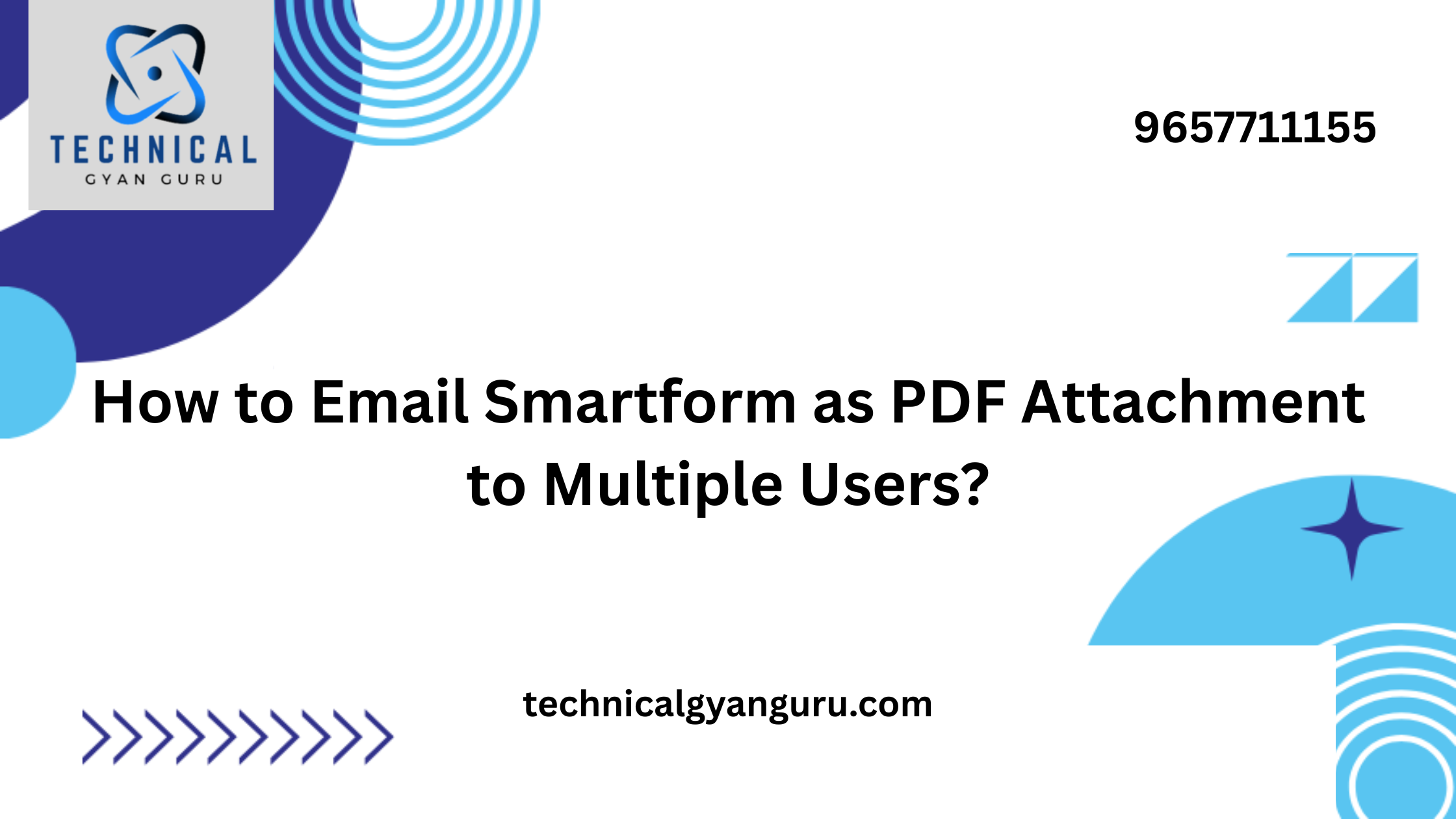Introduction: Data Exchange in SAP Environments
Data Exchange in SAP Environments: In the realm of SAP (Systems, Applications, and Products) and enterprise resource planning (ERP), achieving seamless data exchange is imperative for streamlined business processes. ALE (Application Link Enabling), EDI (Electronic Data Interchange), and IDoc (Intermediate Document) are pivotal concepts that play a crucial role in facilitating efficient and standardized data communication within SAP environments. In this technical blog, we’ll delve into the intricacies of ALE, EDI, and IDoc, unraveling their significance and exploring how they contribute to the seamless flow of data in SAP landscapes.
1. ALE (Application Link Enabling):
Overview:
ALE, short for Application Link Enabling, is a framework within SAP that enables the integration of different SAP systems and non-SAP systems. It provides a mechanism for asynchronous communication, allowing systems to exchange data in a distributed environment.
Key Components and Concepts:
- Logical Systems:
- ALE employs the concept of logical systems to uniquely identify and differentiate various systems involved in the communication. Each SAP system participating in ALE is assigned a logical system name.
- Distribution Model:
- The distribution model in ALE defines how data is distributed between systems. It includes the definition of communication partners, data exchanged, and the frequency of data distribution.
- IDoc (Intermediate Document):
- IDocs act as the data container for ALE. They are standardized documents that carry business data between systems. IDocs provide a consistent format for data exchange.
- Transactional Data and Master Data:
- ALE supports the distribution of both transactional data (such as sales orders) and master data (such as customer or material data) between SAP systems.
2. EDI (Electronic Data Interchange):
Overview:
EDI, or Electronic Data Interchange, is a standard format for exchanging business documents electronically. In SAP, EDI is a crucial component for facilitating communication between different business partners and systems.
Key Components and Concepts:
- EDI Standards:
- EDI standards define the structure and format of electronic documents exchanged between trading partners. Common standards include ANSI X12, EDIFACT, and XML.
- EDIFACT and ANSI X12:
- EDIFACT (Electronic Data Interchange for Administration, Commerce, and Transport) and ANSI X12 are widely used EDI standards. They provide a common language for encoding business transactions.
- EDI Messages:
- EDI messages represent business documents such as purchase orders, invoices, and shipping notifications. These messages follow the agreed-upon EDI standard to ensure interoperability.
- SAP EDI Integration:
- SAP ERP systems are equipped with EDI functionality to send and receive EDI messages. SAP converts internal data into the required EDI format for outbound messages and vice versa for inbound messages.
3. IDoc (Intermediate Document):
Overview:
IDoc, or Intermediate Document, is a standard data structure in SAP used for exchanging information between SAP systems and between SAP and external systems.
Key Components and Concepts:
- IDoc Types:
- IDoc types define the structure and format of an IDoc. Each IDoc type corresponds to a specific business document or process, such as an order or an invoice.
- Segments and Fields:
- IDocs are structured as a hierarchy of segments and fields. Segments represent logical groupings of data, and fields contain the actual data values.
- IDoc Status:
- IDocs undergo different statuses during their lifecycle, such as “created,” “transmitted,” and “processed.” Monitoring and managing IDoc statuses are crucial for ensuring data consistency.
- ALE and IDoc Integration:
- ALE leverages IDocs as the data container for communication between SAP systems. When data needs to be exchanged between systems, it is encapsulated in an IDoc and then processed through ALE. Data Exchange in SAP Environments
Conclusion:
In the intricate landscape of SAP environments, ALE, EDI, and IDoc form the backbone of efficient data exchange. ALE facilitates seamless communication between SAP systems, EDI standardizes the format for electronic document interchange, and IDoc serves as the container for data within the SAP ecosystem. Understanding these concepts is essential for SAP professionals, ensuring they can architect robust solutions for data integration and exchange, ultimately contributing to the success and efficiency of enterprise operations. As organizations navigate the complexities of modern business, mastering these foundational concepts becomes paramount for maintaining a competitive edge in the realm of SAP and ERP. Data Exchange in SAP Environments



